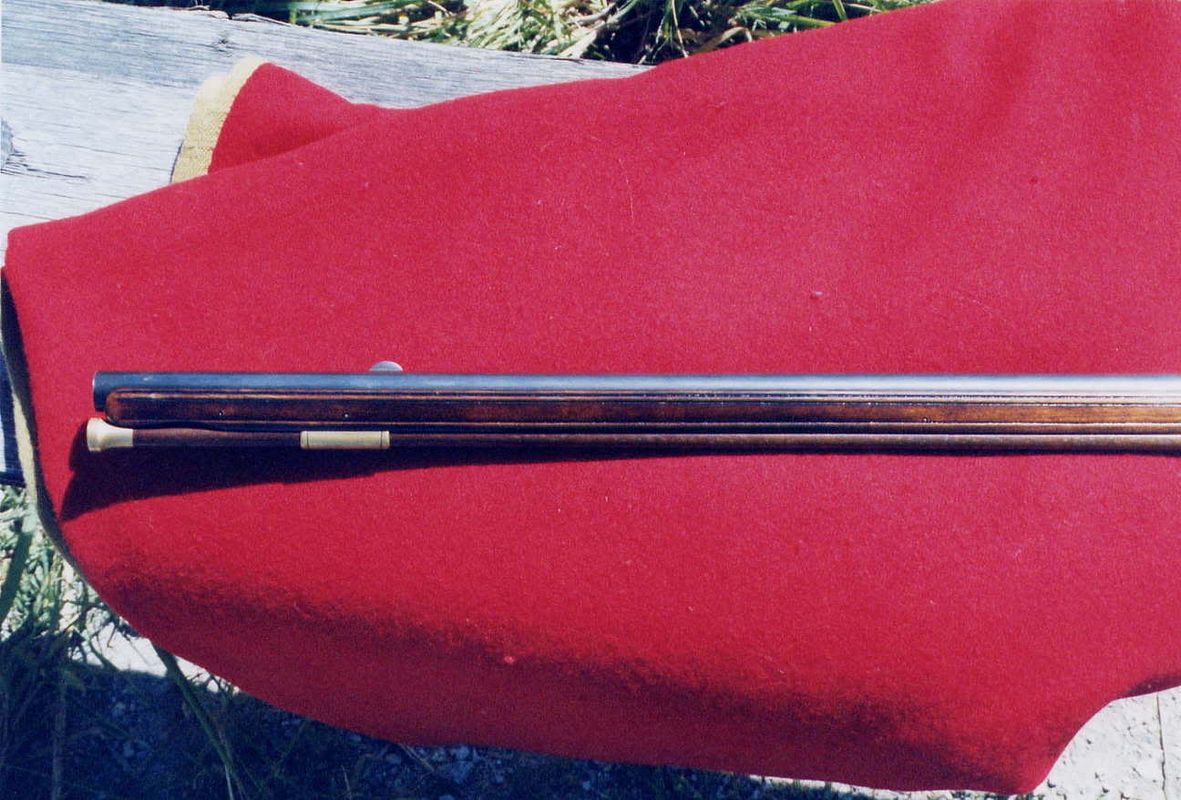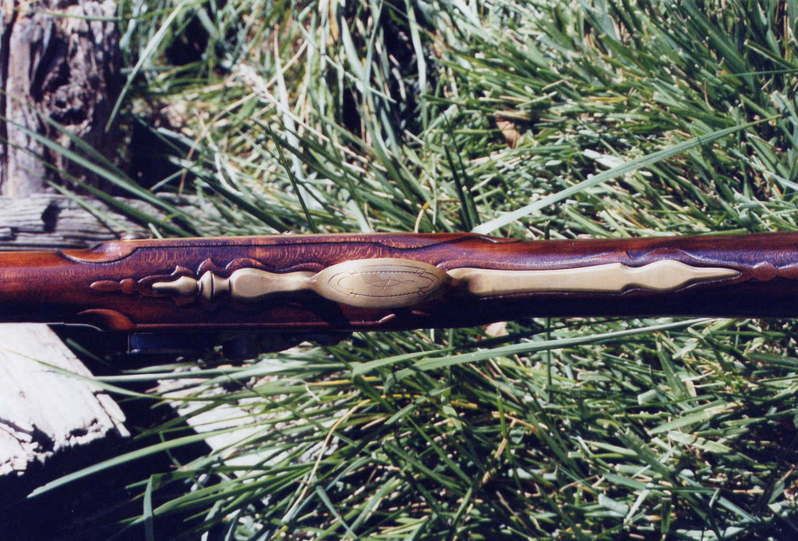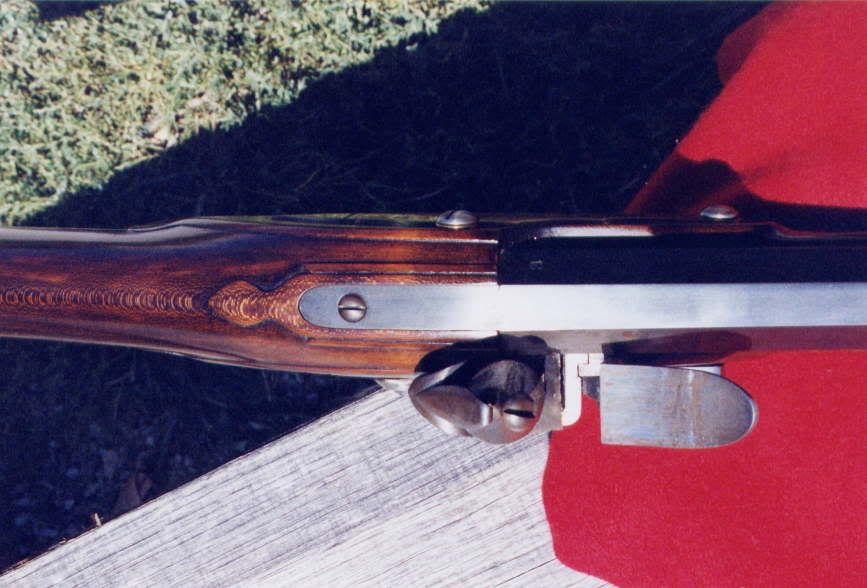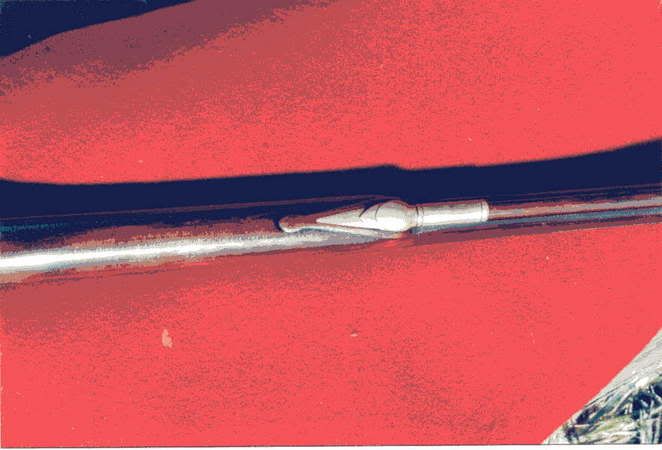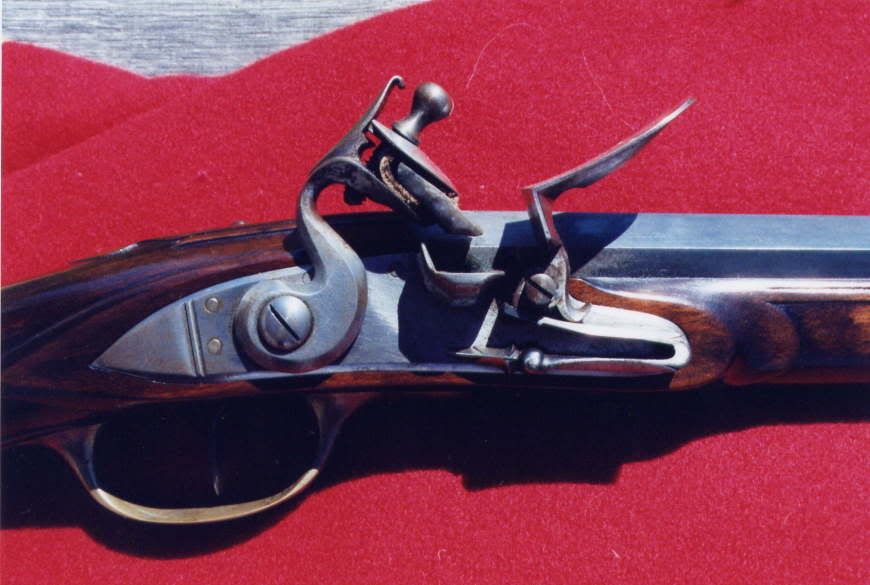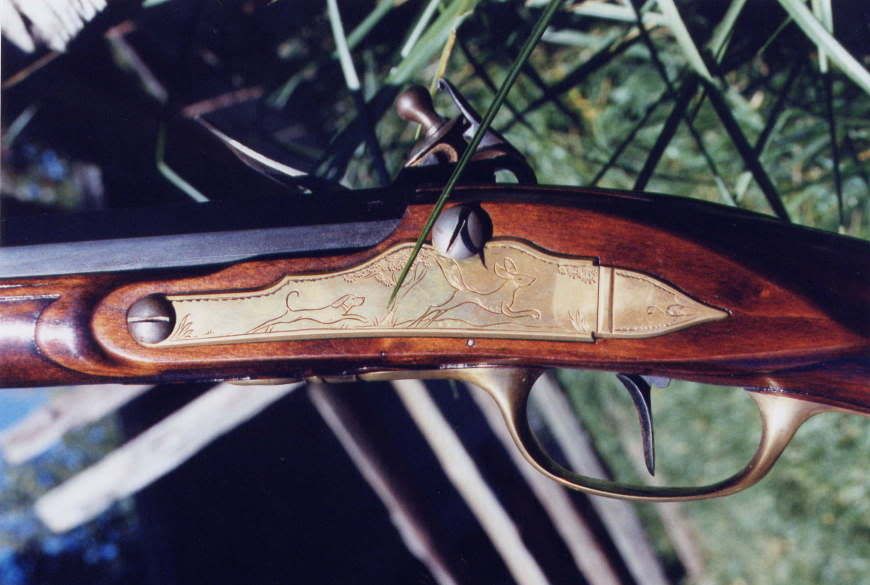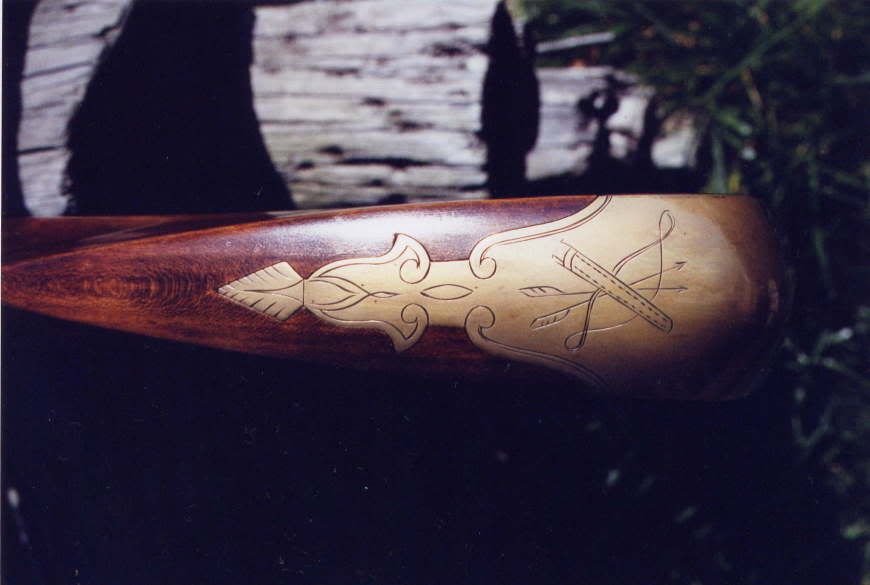Mike Brooks
Cannon
- Joined
- Jul 19, 2005
- Messages
- 6,686
- Reaction score
- 33
Actually, that is shrinkage in that case. I never leave the butt piece proud in that area yet many of my guns that I built 10 to 15 years ago have now shrunk 1/16" or more in that area.Often the butt was made with about 1/16" shorter than the toe of the butt piece and this was done to protect the toe since most early guns were built without toe plates.
All of the "Tulles" and "Type C's & D's" that I've seen in the finished form today are built more like muskets than the light fowling pieces that they are supposed to represent. A proper light weight gun can be made from these kits (if you'll over look the locks etc.) if you take enough wood off :thumbsup:





